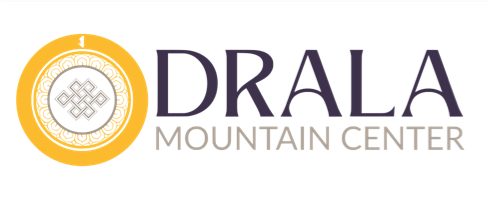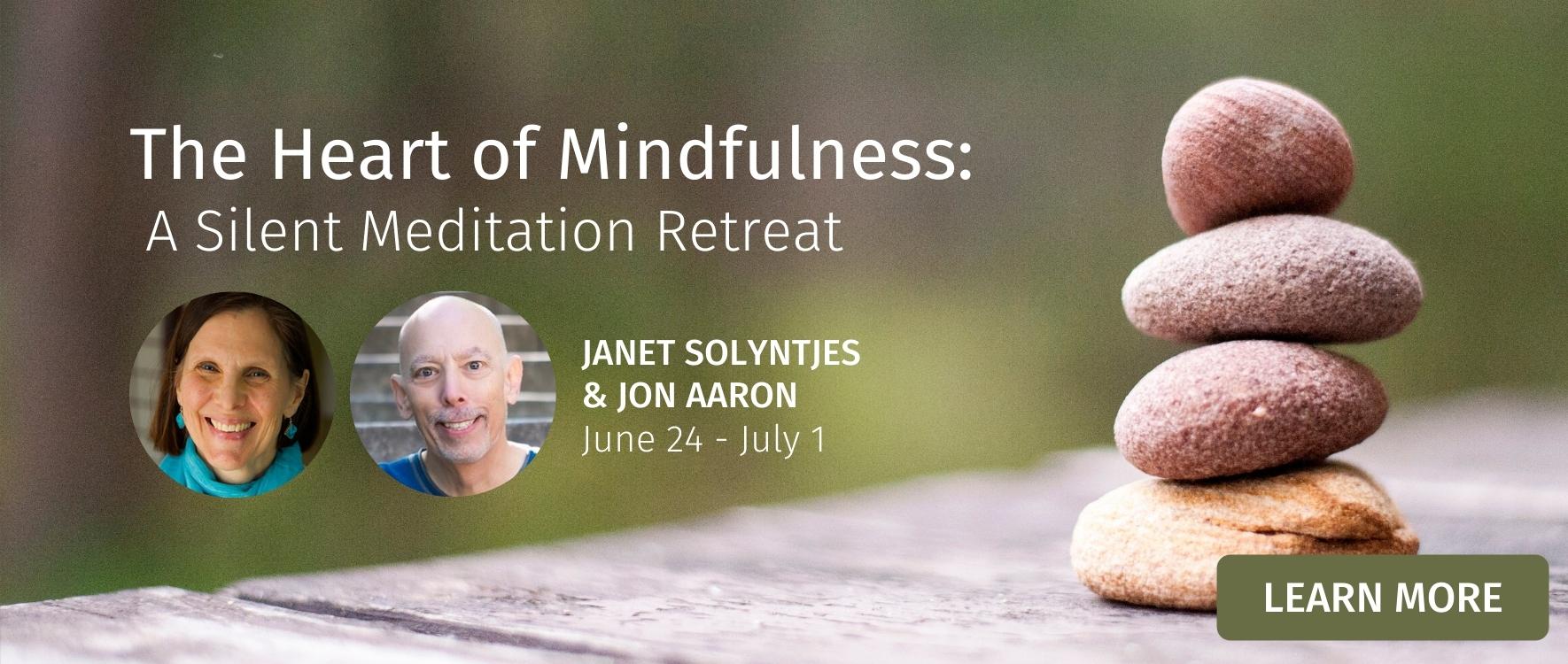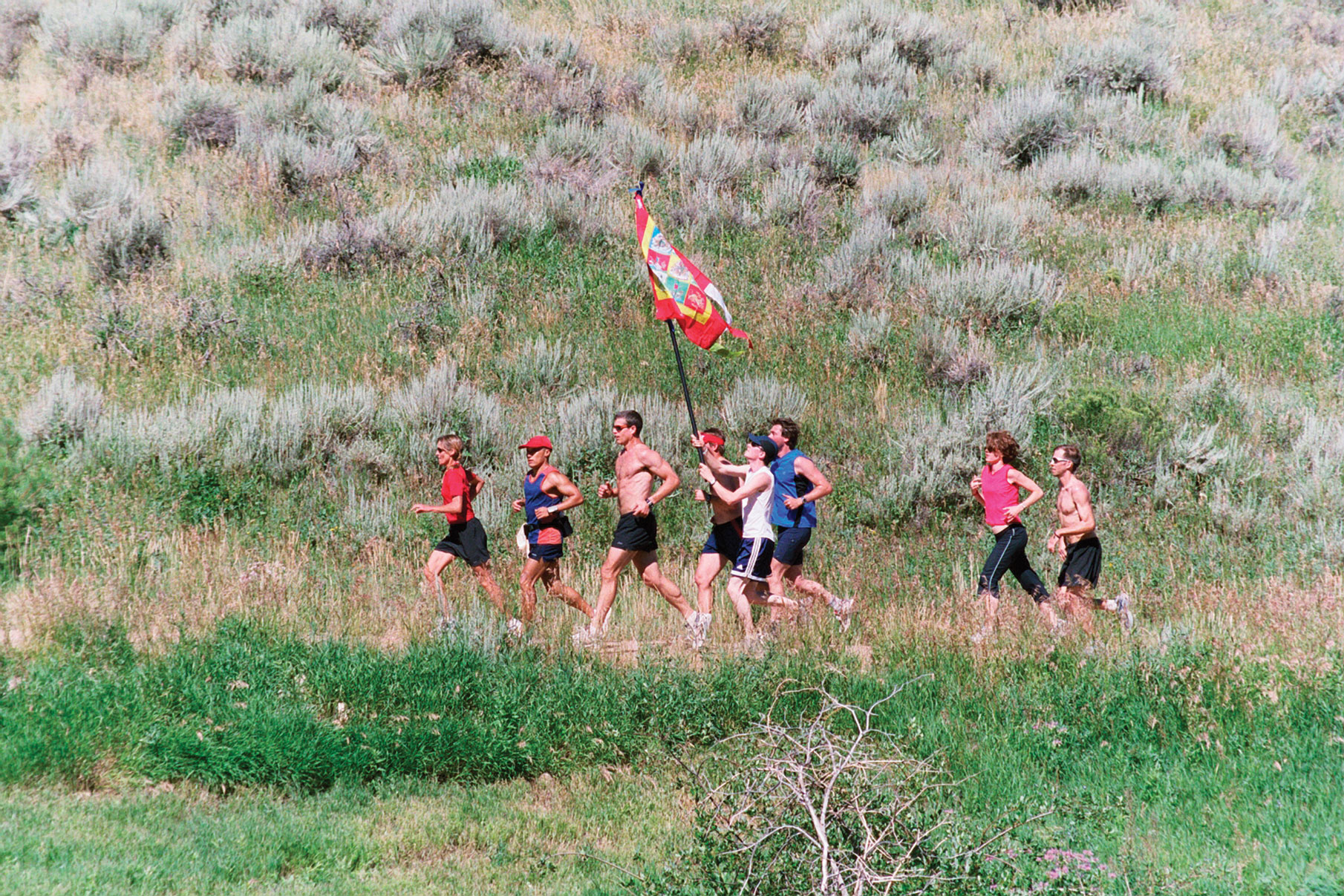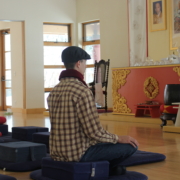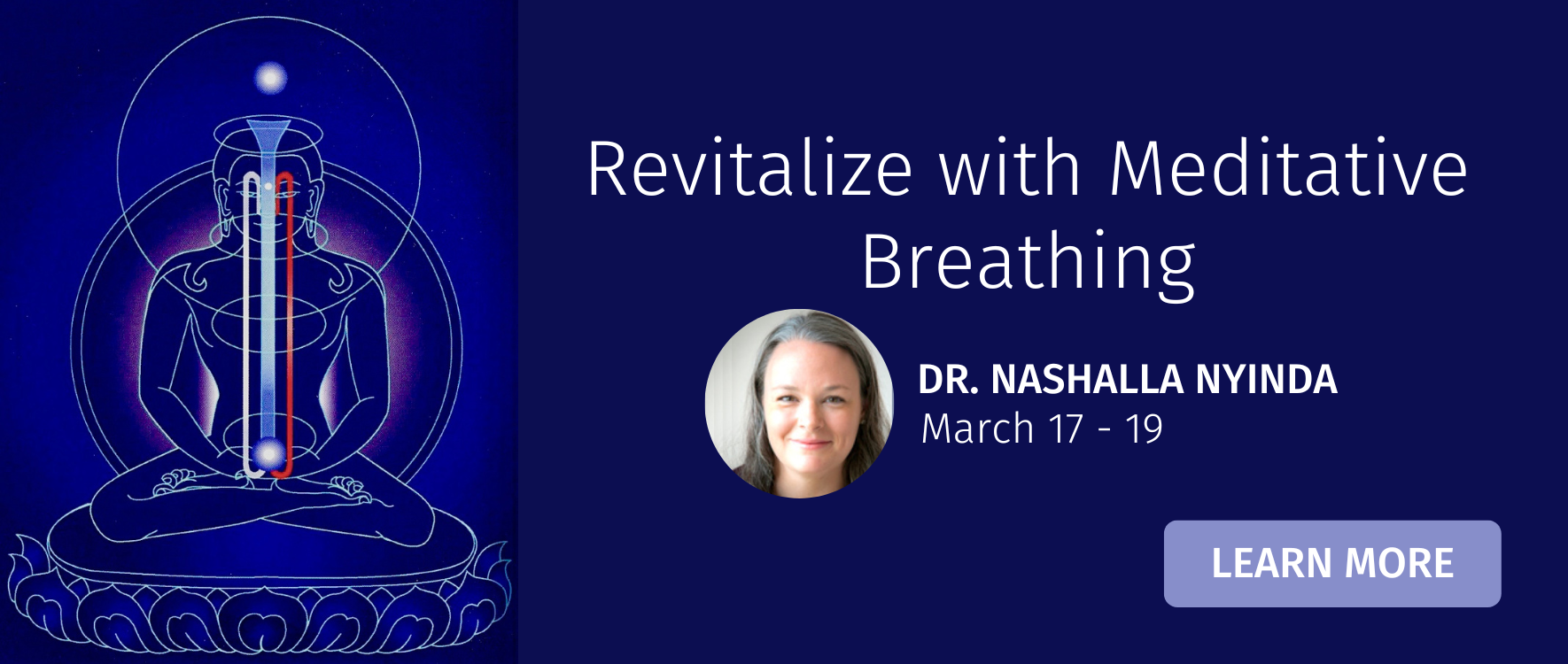The Heart of Mindfulness
by: Jon Aaron
For our retreat coming up in June, we were inspired to call it “The Heart of Mindfulness,” which has a nice double meaning.
This retreat is all about the big ideas behind most of the mindfulness stuff you hear about today, like stress reduction programs and meditation apps. These ideas have been around for over 2600 years!
At the center of mindfulness is something called non-judgment, or looking at things with an open heart. This part is super important. If you’re just paying attention without any kindness, then it’s not really complete mindfulness. It’s when you add this caring part to your focus that you start to see positive changes. But sometimes, people are so focused on getting more done or staying super focused that they forget about being kind and understanding.
Sometimes we think of mindfulness as a special thing we can get quickly or something we can use when we need it. But really, mindfulness is something we’re all born with. Life’s busyness and our habits can get in the way of it. Instead of using this natural ability to really connect with what’s happening to us, we’ve been trained to ignore our own experiences. And our super busy lives make us forget to notice the things that are right in front of us.
The true “heart” of mindfulness is being completely present with what’s happening to us right now. When we start to reconnect with this part of ourselves, we also start to feel more compassion.
Two important Buddhist teachings, the Satipatthana Sutta and the Anapanasati Sutta, help explain how to get past the things that block us. These teachings give us ways to see these blocks and notice when they’re gone. With the Anapanasati Sutta, for example, there are 16 steps that start with understanding how we breathe. Even in these first steps, we begin to see our blocks and watch them disappear, which gives us new insights into life. This makes our mindfulness stronger, and that leads to even more insights.
At a retreat, you don’t have the usual everyday distractions and you practice being quiet together, which makes it easier to see these blocks with kindness and feel them go away. You start to notice more, which gives you more confidence. And when you practice with other people, the real power of mindfulness can really show up.
About the Author: Jon Aaron

